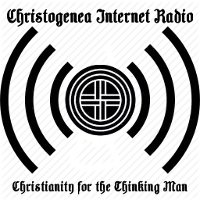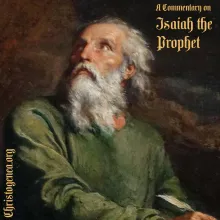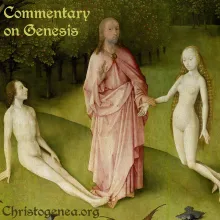On the Revelation of Yahshua Christ, Part 23: The Fall of Babylon
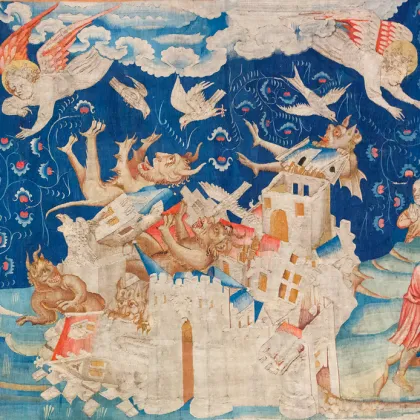
On the Revelation of Yahshua Christ, Part 23: The Fall of Babylon
Presenting our commentary for Revelation chapters 17 and 18, we hope to have adequately explained the reasons for our interpretation, that the visions related in those chapters describe the conditions of the children of Israel as the Whore of Babylon in this last time of Jacob’s trouble, the period which the Old Testament prophets as well as the New Testament apostles have described as one final trial before the ultimate salvation of the children of Israel from their enemies – which is also a promise which has been explicitly repeated in the words of both the prophets and apostles of Christ. Doing that we also hope to have adequately explained that Mystery Babylon is a name representing the secular society’s political, religious and economic system, which is grounded in secular humanism and which is directly opposed to God. The fundamental elements of this system had indeed originated in ancient Babylon, and have been perpetuated by both ancient pagans and by the enemies of Christ until they could be manifested once again under the guise of the so-called Age of Liberty, whereby those same enemies have come to rule over the children of Israel as their kingdom was given over to the beast. This is the fulfillment of the words of Isaac, who promised Jacob that he would rule over his brethren, but who later told his disenfranchised son Esau, as it is recorded in Genesis chapter 28, that he “40 … shalt serve thy brother; and it shall come to pass when thou shalt have the dominion, that thou shalt break his yoke from off thy neck.” As we had asserted, that yoke was broken upon the emancipation of the Jews in the time of Napoleon. As Martin Luther had written in his essay On the Jews and Their Lies (chapter xi), Jews of his own time were boasting that they had come into the control of Germany, and three hundred and thirty years later, in the 1870's, German journalist Wilhelm Marr had written to complain that the Jews had conquered Germany.

 On the Revelation of Yahshua Christ, Part 22: The Woman is the Whore
On the Revelation of Yahshua Christ, Part 22: The Woman is the Whore
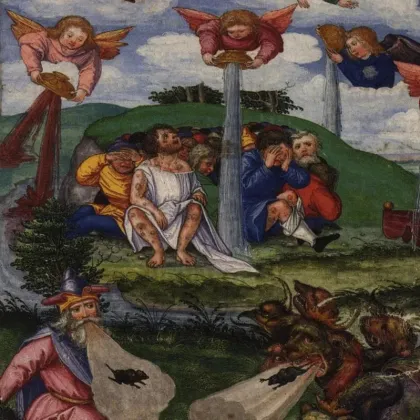

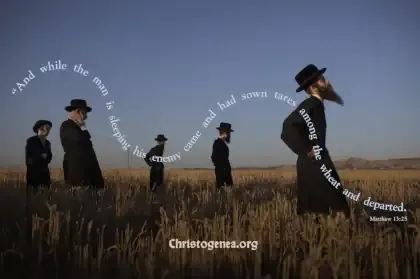
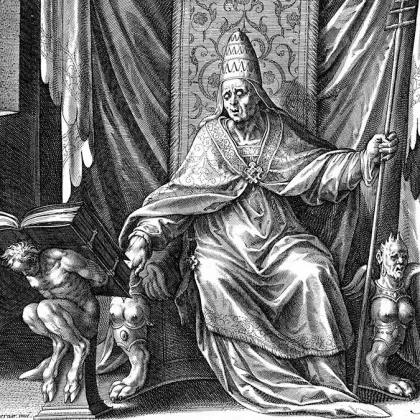
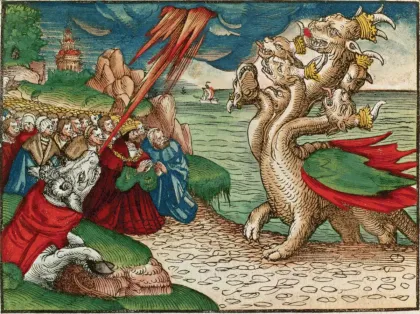

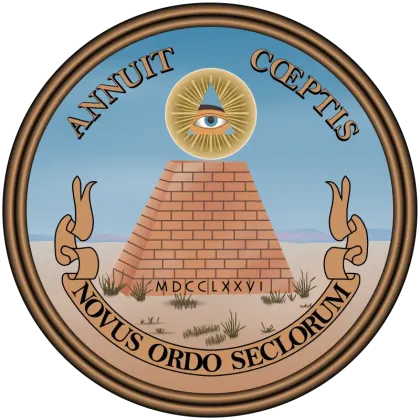
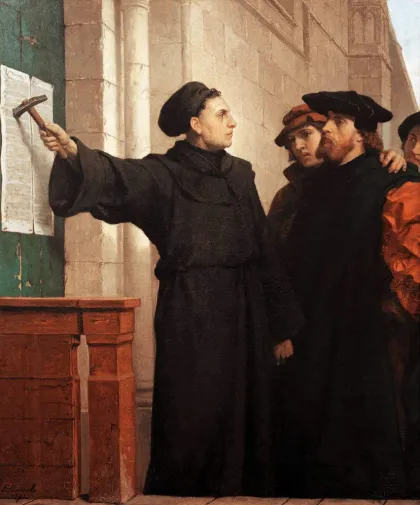
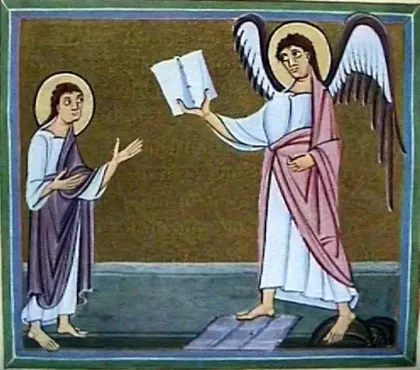

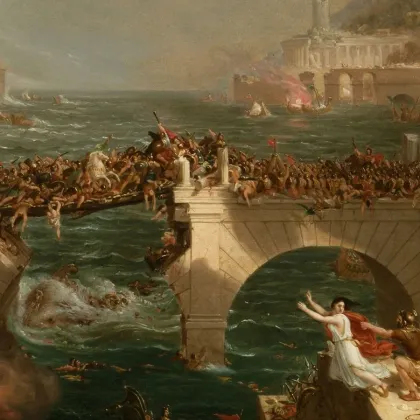

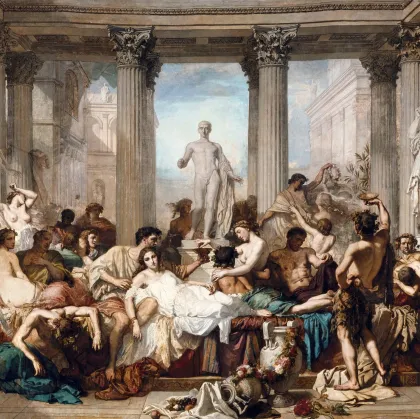


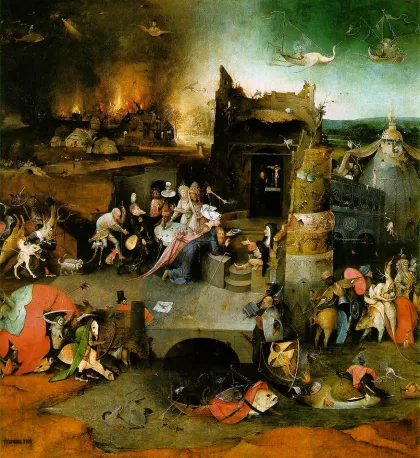
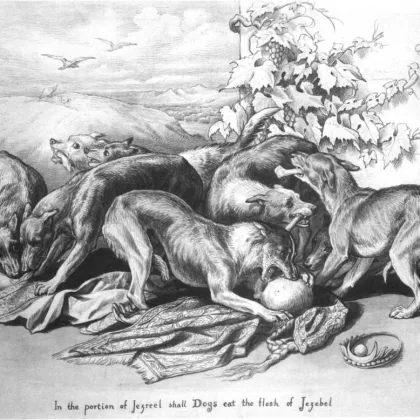
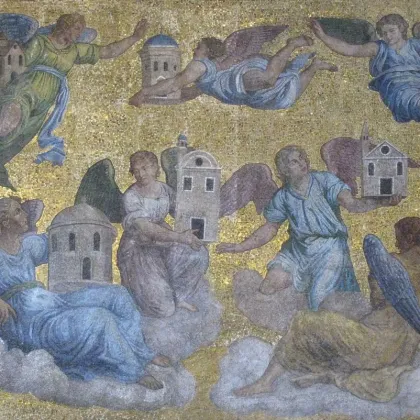




 Please click here for our mailing list sign-up page.
Please click here for our mailing list sign-up page.

